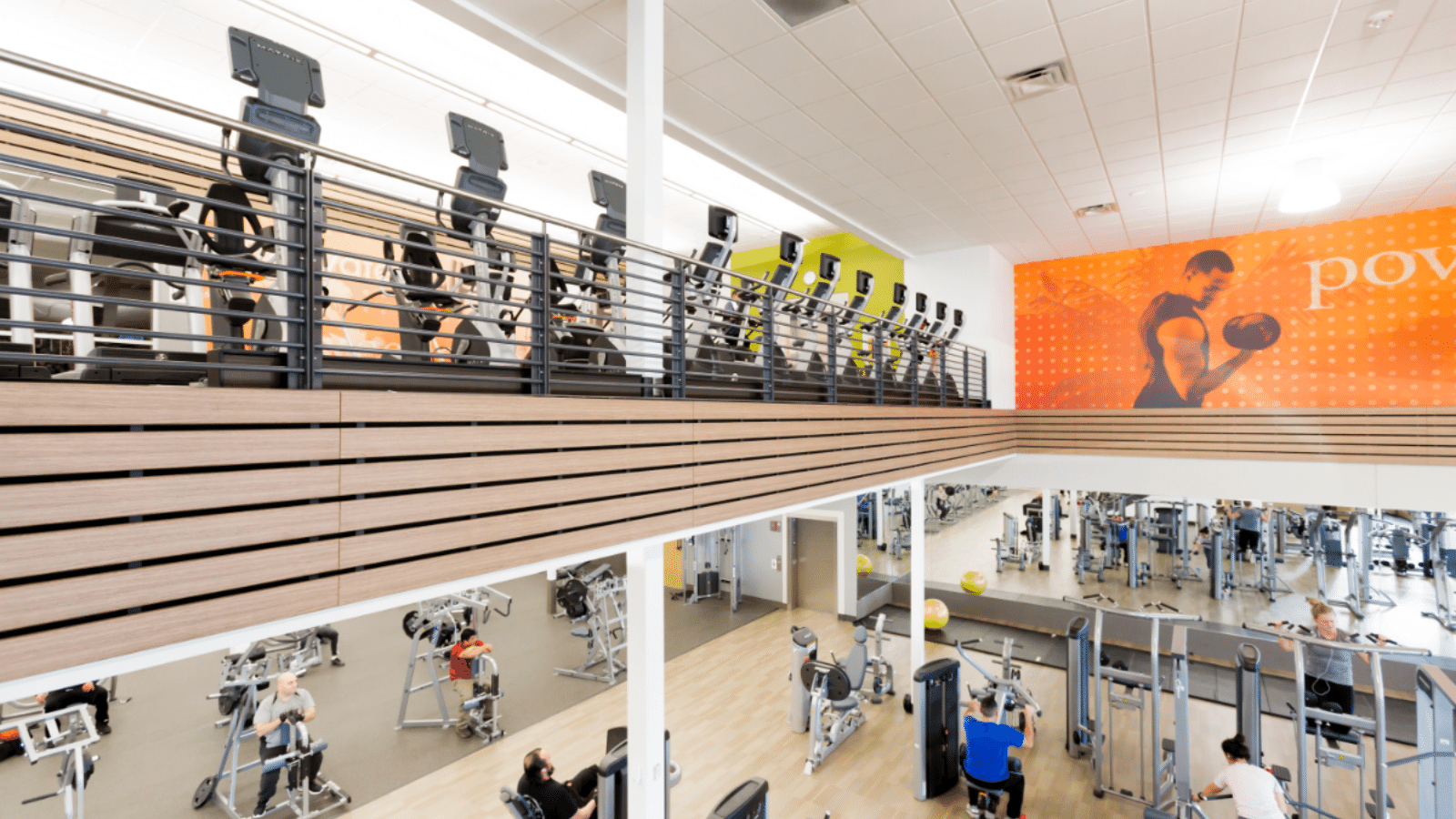
Tenant Improvement In Health And Wellness
The need for millwork can differ from one type of health and wellness business to another, whether it's flooring, shelves, doors, molding, stairs, or something entirely different. Because commercial spaces can't all operate with the same interior setup based on space and other limitations, the concept of tenant improvement can be crucial to success within commercial spaces.
What is Tenant Improvement in Real Estate?
Tenant improvement, or TI, is the term for customizing a commercial space for the specific needs of a business. Oftentimes, a commercial lease will include a TI allowance, also known as TIA. This is a budget the landlord agrees to pay for renovations made to a space. Businesses should be aware that they will be responsible for footing the upfront costs of tenant improvements, with the TIA coming back to them as reimbursement from the landlord.
If the cost of renovations exceeds the TI allowance, the lessee pays the excess. Some landlords may also work with businesses to include TI overage prices in the monthly rent, should the tenant’s needs be more than the TIA.
The amount of a TIA will vary in each agreement. Landlords consider a tenant’s credit, the ROI the business can offer to the landlord, and market conditions. To ensure the best rental agreement, it’s a good idea for health and wellness businesses to work with a real estate advisor knowledgeable about leases in their industry.
How Can Health and Wellness Use TI to Their Advantage?
Fitness trends change rapidly. The racquetball courts and jazzercise studios of yesterday have made way for today’s aerial yoga and spinning studios. Minute clinics are replacing traditional doctor’s office visits for many Americans. People seek alternative health and wellness options like cryotherapy and chiropractic care.
Updating existing spaces in the health and wellness industry can give businesses a competitive edge. New businesses opening their doors can ensure they appeal to customers’ current needs through the TI they invest upfront in a commercial space. It’s also important to note that if a space is rented out “as-is” vs including a TIA, it may not already be up to code for industry standards. Businesses should strive to get a good TIA as part of their lease agreement and begin working with a professional team that can make the space safe, efficient, and enticing to customers.
Common Examples of Health and Wellness Tenant Improvements
For a gym, tenant improvements might include adding locker rooms or studios for different fitness classes. Dental, chiropractic, optometrist, and doctor’s offices all require exam rooms. Most businesses need general additions such as bathrooms, breakrooms, employee offices, and conference rooms. Tenant improvements can also cover things such as drop ceilings, paint, and general lighting.
Businesses should take care to clarify upfront what will not be covered by the landlord under their TIA. Furniture and lighting specific to the type of business are often not covered under tenant improvements.
Looking for a partner to help your health and wellness business grow? Randal Retail Group has extensive expertise in designing and building millwork and lighting for health and wellness spaces customized to the different tenant improvement needs of each business.

